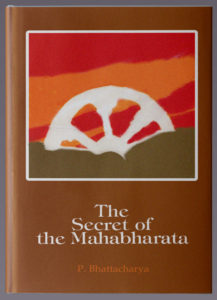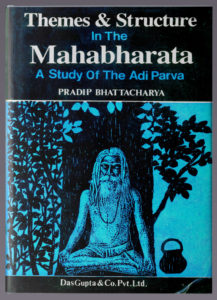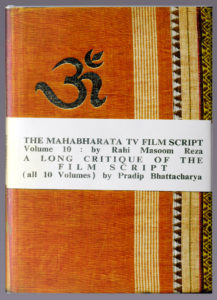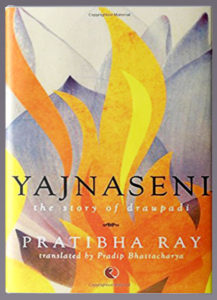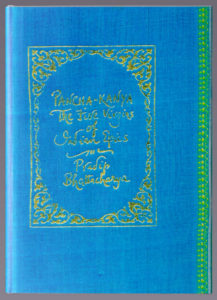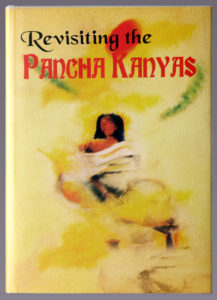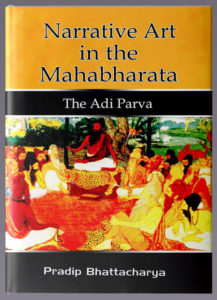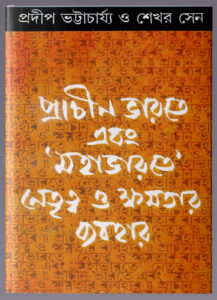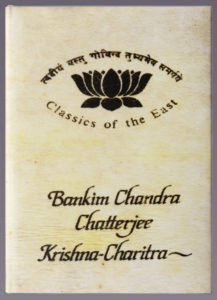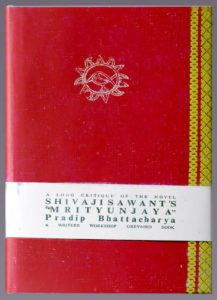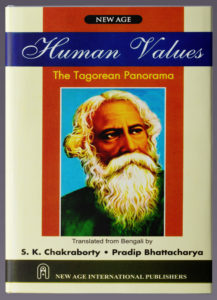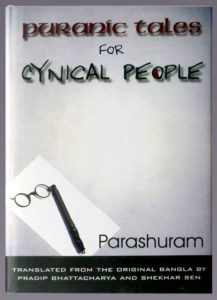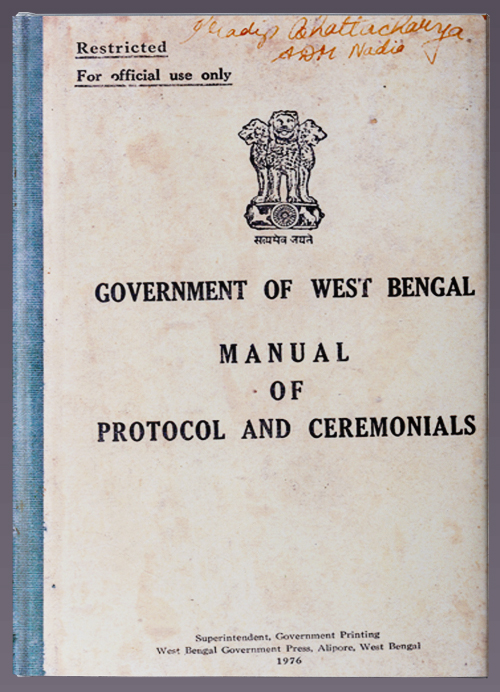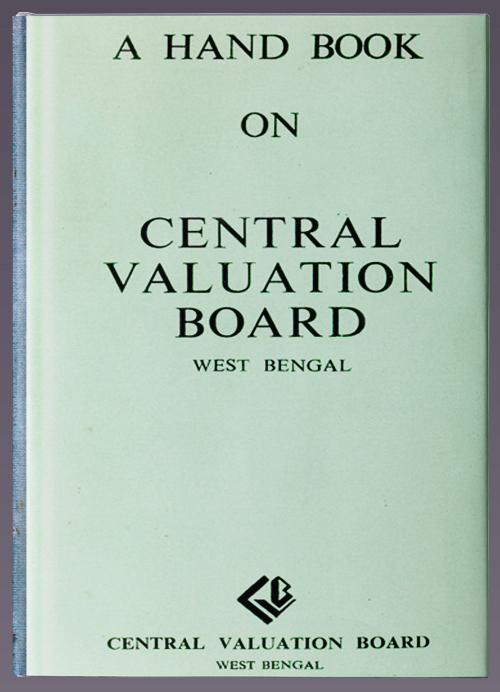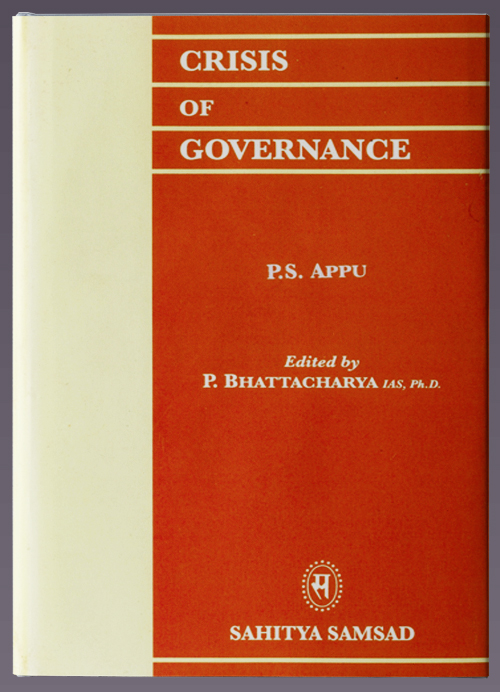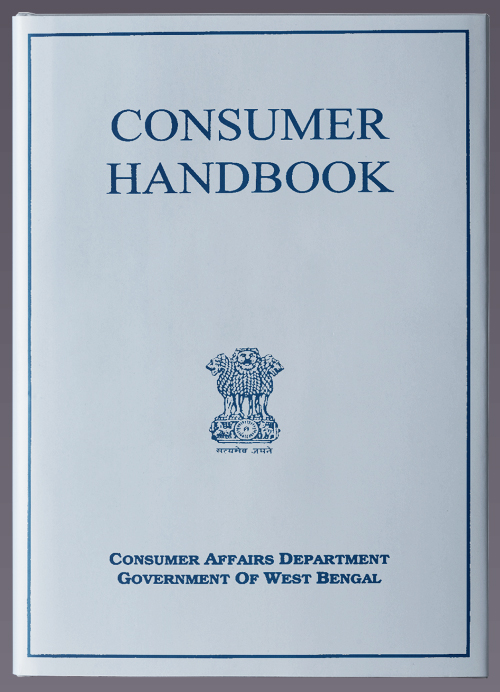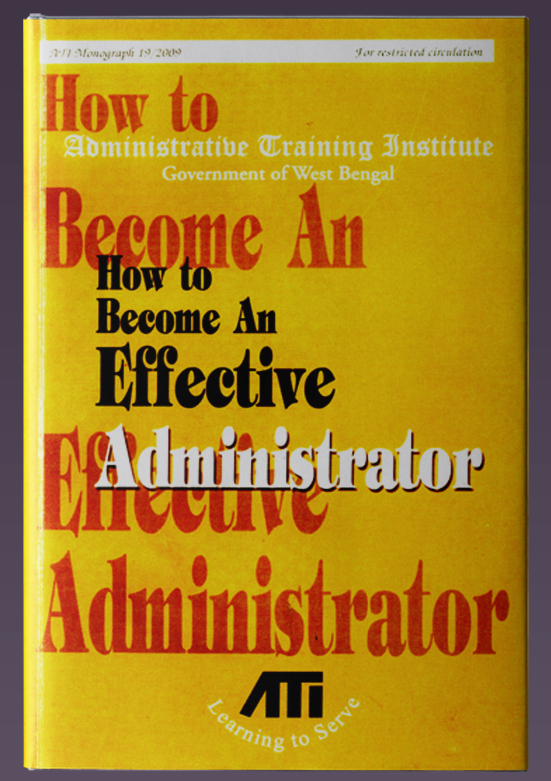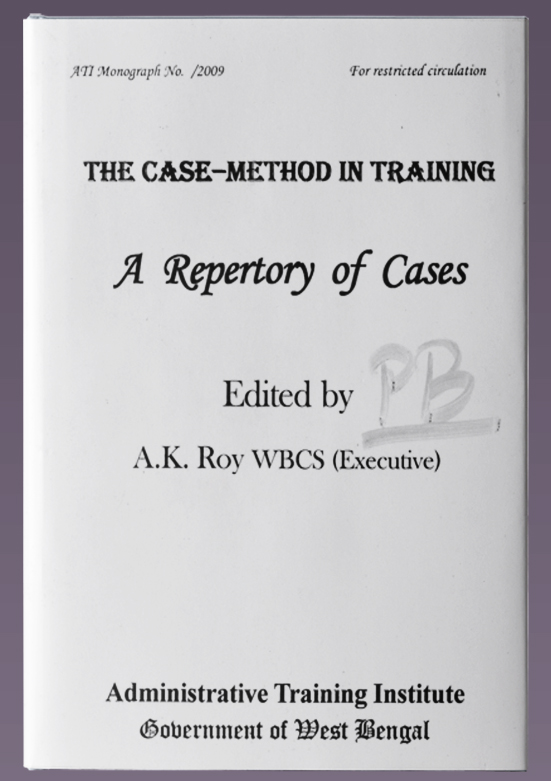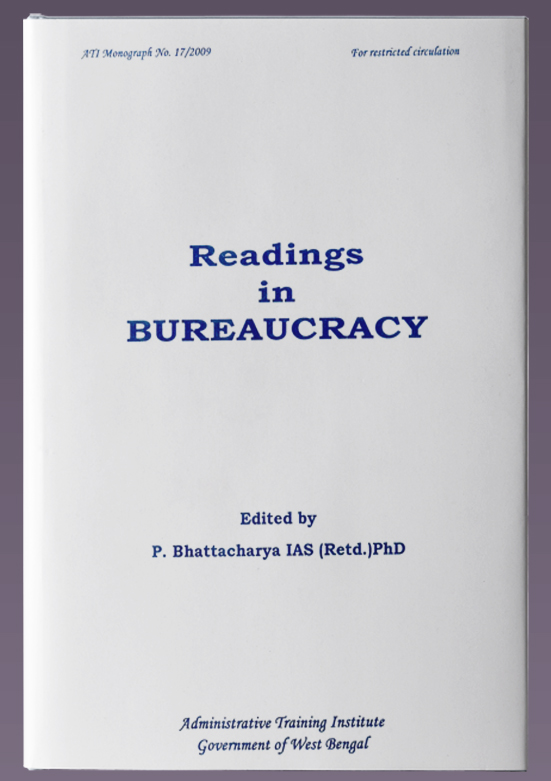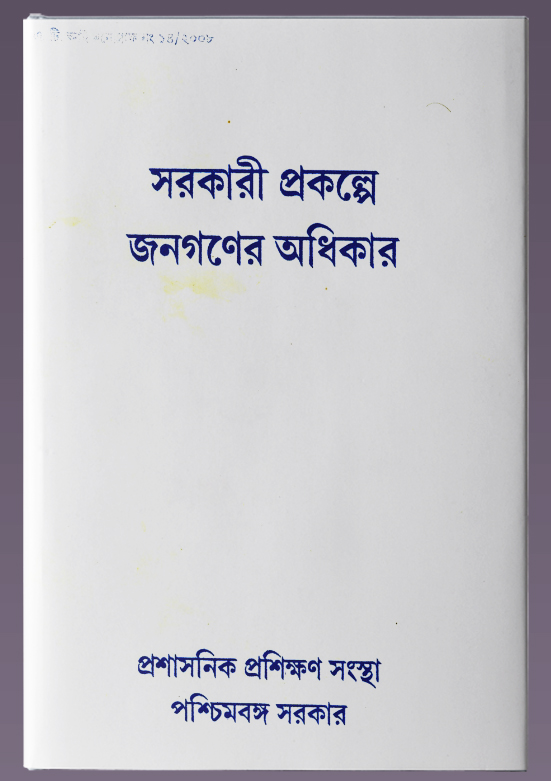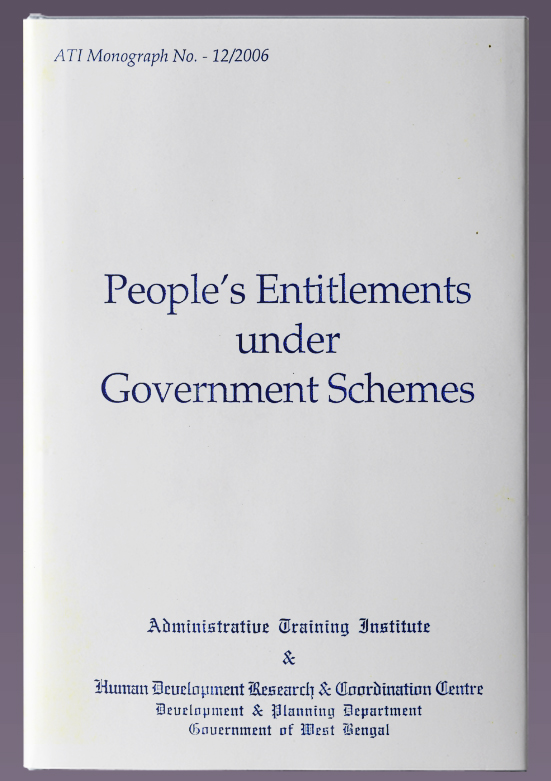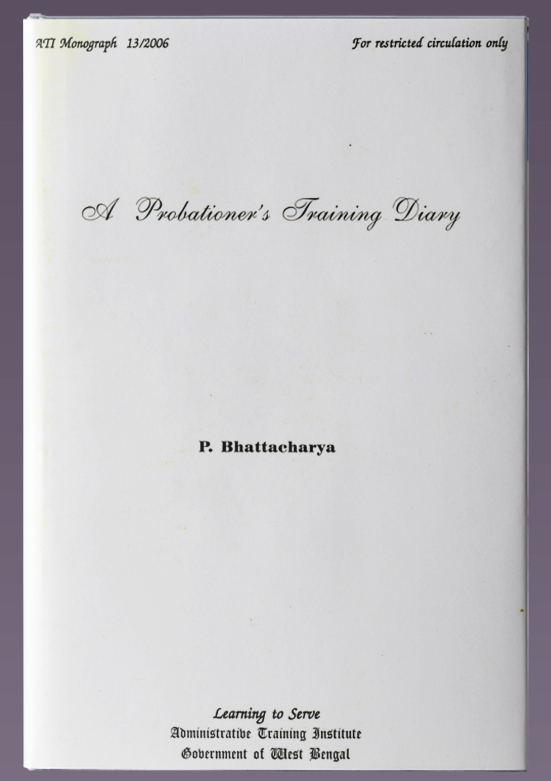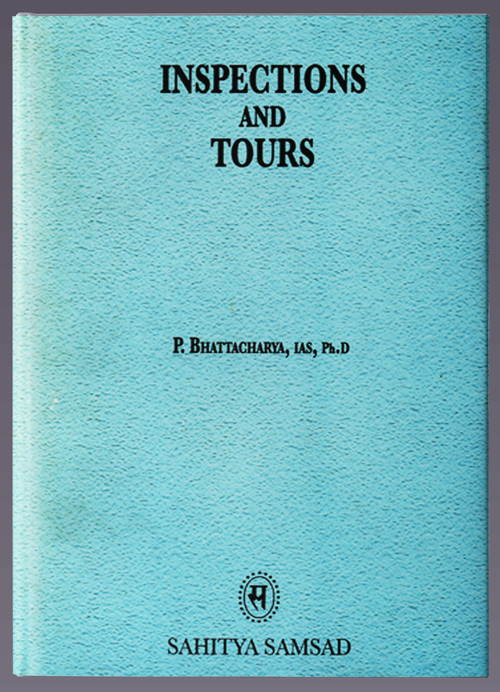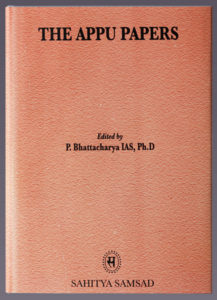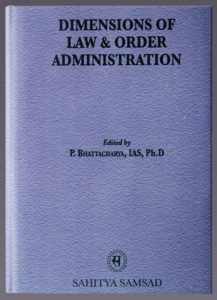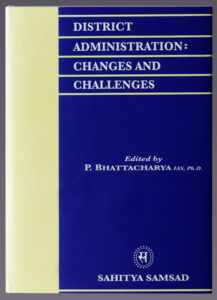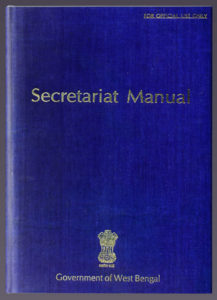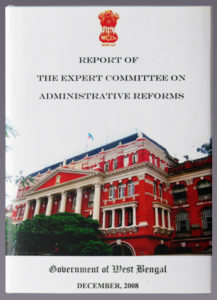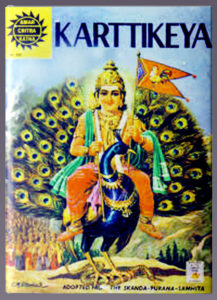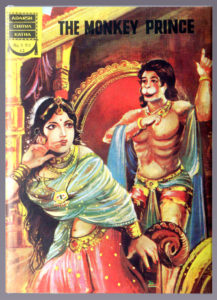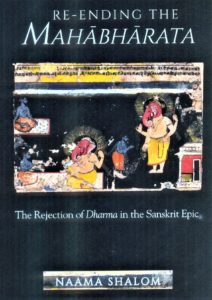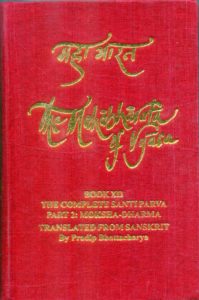
https://www.boloji.com/articles/51356/brilliant-translation-of-mokshadharma-parva
The Mahabharata of Vyasa: Book XII, The Complete Shanti Parva. Part 2: Moksha-Dharma
Translated From Sanskrit by Pradip Bhattacharya. Writers Workshop, Kolkata. 2015
All human pursuits have for their end, said ancient India, either one or a combination of the four ultimate human goals: the common good [dharma], wealth [artha], pleasure [kama] and spiritual freedom [moksha]. The Mahabharata is an enquiry into these four human goals in the context of the grand family saga of the Bharatas. While in general the focus of the other parvas of the epic is on the narration of the story with sagely and worldly wisdom thrown in here and there, the Shanti Parva focuses almost entirely on philosophical enquiries into the human condition and discusses how life could be lived happily and meaningfully both as an ordinary individual and as a person responsible for the welfare of others, such as a king, keeping dharma as the guiding light.
The Shanti Parva is voluminous and consists of nearly fourteen thousand verses of which the biggest chunk is the Mokshadharma Parva, which centrally concerns itself with the highest of the four dharmas, moksha. It is this parva that Dr Pradip Bhattacharya has brilliantly translated into English.
Dr Bhattacharya’s is the first ever verse to verse translation of the Mokshadharma Parva and forms a huge volume of 1077 pages, excluding the appendixes.
Mokshadharma Parva has devotion, yoga, meditation, dispassion, the ascetic way of life and other forms of spirituality for its subject matter. We would expect the spirituality that a book like the Mahabharata teaches us to be conventional. But far from it! One of the most fascinating aspects of the parva is that, while it does speak of conventional spirituality, much of its teaching is irreverent to tradition and takes very unconventional stands. The very second chapter has a son teaching spirituality to his father! Later the brahmana Jajali who has become proud of the frightful asceticism he has performed for years is sent to the merchant Tuladhara to learn from him, reversing traditional roles completely!
We have another story of role reversal in the Mokshadharma Parva in which a woman teaches the highest spirituality to a man – a story that introduces to us one of the most fascinating spiritual teachers in the entire Indian spiritual lore: the great yogini Sulabha. This great master of yoga arrives at the court of King Dharmadhvaja Janaka, reputed to be an awakened man, and using her yogic powers enters the king’s head to debate with him about what true yoga is from within him. Towards the end of the discussion the yogini explains why she did not engage him in the debate in the open court in the presence of his ministers and courtiers: so that the king would not shamed before them!
The king begins the discussion and claims, giving numerous reasons, that he is an enlightened man. Sulabha counters all his arguments and ends the debate by declaring bluntly that he is no master but just a pretender.
You are not liberated
yet you are proud of being
liberated, O King! You should be prevented
by your well-wishers, as
the unconscious indeed is from drugs.
She also tells him:
You have heard, but not listened to the scriptures,
I think, or else
heard false scriptures, or you heard what seems like
scriptures, or heard otherwise.
Sulabha’s main argument is that Dharmadhvaja has not developed anasakti, detachment while being engaged, the true mark of enlightenment, something the Bhagavad Gita would completely agree with. Sulabha points out to Janaka that he is still attached to his body, his gender, caste, position as king and so on. How can such a man be liberated, she asks?
She tells him:
Fallen from the householder’s order, you
have not obtained
hard-to-reach moksha and stay in between
the two, merely
talking about moksha.
Yogini Sulabha would be an ideal teacher for our age of Kali when in the world of spirituality pretentions are more common than true achievements and knowledge of books is considered enlightenment!
We have several Gitas in the Mokshadharma Parva. In the short sparkling Bodhya Gita, a great sage in another role reversal declares that his gurus are a prostitute, an arrow smith, a young girl and so on:
Pingala, the osprey, the snake, the bee
searching in the woods,
the arrow-maker and the virgin, these six
are my gurus.
Apart from the Bodhya Gita, the Parva has other Gitas like the Manki Gita, Parashara Gita, Hamsa Gita, Sampaka Gita, Harita Gita, Vritra Gita and so on, each enriching the Parva in its own way.
As the Upanishads do, the spirituality of the Parva holds heaven in contempt. Rejecting heaven, the Parva equates it to hell in comparison with moksha, spiritual liberation. All acts leading to heaven are declared as ultimately worthless because they only keep you wandering within the world of bondage.
The Parva rejects animal sacrifice. Though hermit spirituality too is discussed, the stress is on what can be practiced living the family way of life. In fact, one of the questions Yudhishthira asks is if a man living with his wife at home can climb to the highest peaks of spirituality – a question that is very pertinent to himself and to all of us. In response, we are told the fascinating story of Suvarchala who asks her father to find a husband for her who is both ‘blind and not blind’ at the same so that she can live with him a life of the highest spirituality.
We have in the Parva a Brahmin svayamvara, the self-choice ceremony in which a woman chooses a husband for herself, usually limited to royal families!
The women of the Parva are all brilliant, be it Suvarchala who tells her father she would choose her husband by herself, Yogini Sulabha who using her yogic powers enters Janaka’s head to debate with him, the wife of Nagaraja who teaches her anger-prone husband the importance of managing anger, or anyone else.
Among the numerous rare gems we can find in the Mokshadharma Parva is the story of Gautama’s and Ahalya’s son who is only mentioned by the name Chirakari, Slow-to-Act, who has been asked by his father to chop off the head of his mother as a punishment for committing adultery, a story in which reversing convention, slowness is praised rather than speed in action. Reflecting on his father’s order, Chirakari says to himself:
No shade is there like the mother, no refuge
is there like the mother,
no protection is there like the mother,
no beloved
is there like the mother.
The chapter has Chirakari telling us:
There is no offence in women. Man indeed
offends. Held guilty of
offence in every work, a woman
does not commit offence.
This first ever complete verse translation of the Mokshadharma Parva by Bhattacharya is an invaluable contribution to Indological studies in general and Mahabharata studies in particular. As translation, it is a monumental piece of work as well as a superb literary achievement. For Bhattacharya, though, it is more than these: it is his gurudakshina, his sacred offering to his guru, Prof. P. Lal, who had over a period of several decades ‘transcreated’ in a unique verse form and self-published the entire Mahabharata except the Mokshadharma Parva before he passed away. With this volume, the transcreation is complete – though Bhattacharya claims he has not trascreated it but has only translated it, following as closely as possible the master’s style.
A unique aspect of the translation is the retention of Sanskrit words that are in the Oxford English Dictionary. An example for this could be found in the parva-opening question itself in which Yudhishthira asks, “O Pitamaha-Grandfather, you have….” A new reader would find this as somewhat unsettling, but once you are used to it, you discover it has a charm of its own, giving the entire work a surreal quality. And of course, it avoids, as the translator points out, the need for annotations, colophons and dovetailing explanations. The rest of the Mahabharata transcreated by Prof. P. Lal follows this style and for that reason it is appropriate that Bhattacharya too follows the style.
While no disrespect is meant to the existing, time-honoured monumental complete prose translation of the epic, for which the entire world should forever be indebted to K.M. Ganguli, for the purpose of bringing out the precision, beauty and brilliance of Bhattacharya’s translation, I would like to compare one verse in the two translations.
Death is that by which the world is assailed. Decrepitude encompasses it. Those irresistible things that come and go away are the nights (that are continually lessening the period of human life). When I know that Death tarries for none (but approaches steadily towards every creature), how can I pass my time without covering myself with the garb of knowledge? – K.M. Ganguli
Death wounds the world,
Decay besieges it,
Days and nights fall away,
How do you not understand this? – Pradip Bhattacharya
Incidentally, Bhattacharya’s translation is not only much more poetic, it is also closer to the original Sanskrit.
While Bhattacharya has tried to walk in the footsteps of his revered guru and inspiration Prof. P. Lal whose monumental work of transcreating the Mahabharata into verse he is continuing in the Mokshadharma Parva, he explains in the Preface to the book why he has “tried to translate rather than transcreate, keeping to the original syntax as far as possible without making the reading too awkward”: He is not a poet like Prof. Lal. I believe this is the translator’s humility speaking – I found the poetry of the translation splendid. It constantly reminded me of Kimon Friar’s superb English translation of Nikos Kazantzakis’s 33,333-lines magnum opus Odyssey: A Modern Sequel.
Following Prof. Lal who chose to give no list of contents and no section headings to his Mahabharata transcreation work saying ‘the suta does not need them,” Dr Bhattacharya in the Mokshadharma translation too gives no list of contents or section headings.
Memorable verses of the parva have been reproduced in Sanskrit – which I found very useful and felt added great value to the book partly because of my love for Sanskrit, partly because the original Sanskrit verses reproduced are such that they register practically on their own in your memory. Besides, several of these verses are already widely known and are either in full or in part integral parts of all Indian languages.
The thoroughness of Bhattacharya’s work and the immense depth of his research deserve appreciation by all Mahabharata lovers. Such thoroughness and depth would not have been possible without the translator’s profound love for the Mahabharata which could be guessed from the fact that he has authored several books on the epic, each a major contribution to understanding the beauty of the Mahabharata, each bringing out the rarest gems lying on the bed of the vast ocean that the epic is. Rather than just picking up any one particular text of the Mokshadharma Parva and translating it, what he has done, as he himself explains, is to collate the editions published by the Gita Press [Gorakhpur, 9th edition,1980] , Aryasastra [Calcutta, 1973] and that edited by Haridasa Siddhantavagisa Bhattacharya with the Bharatakaumudi and cross checked with Nilakantha’s Bharatabhavadipa annotations [Bishwabani Prakashani, Calcutta 1939] cross-checked with Kaliprasanna Sinha’s Bengali translation [Hitavadi Karyalaya, Calcutta 1866], the first English translation by K.M. Ganguli [1883-1896] and the shorter Bhandarkar Oriental Research Institute edition. As a result of the inclusion of passages from Siddhantavagisa Bhattacharya and the collation with the other works just mentioned Dr Bhattacharya’s work makes this the most complete translation of the Mokshadharma Parva ever.
Two maps have been appended to the translation, one of Aryavarta at the time of the Mahabharata and the other of the India of that time, both helpful in correlating the events of the epic with their geographical locales, particularly for those not sure of them. Also appended are three reviews of Prof Lal’s transcreations of three parvas of the epic: the Karna Parva, the Stri Parva and Shanti Parva Part 1 [Rajadharma]. The long review of Karna Parva brings out the excellence of the transcreation of the parva. In his review of Prof. Lal’s Stri Parva, The Book of Women, appended to the book, Dr Bhattacharya points out how Prof Lal’s poetic transcreation of the parva succeeds in capturing the screaming anguish of the original text whereas earlier prose translations fail to do so. The appended review is also noteworthy for correlating the Stri Parva with Euripides’ Trojan Women. I found the third appendix of special interest since it is a review of the Rajadharma, Principles of Governance, section of the Shanti Parva, the Sanskrit text of which I have been using extensively for years in business schools where I have been teaching Indian leadership philosophy to Management students, corporate officers and bureaucrats.
I first came across Writers Workshop books in the Public Library in Chennai in 1975 and was immediately captured by their uniqueness, superiority and distinct appearance. They were all hardbound, had a distinctively Indian touch to them, and, as I later learnt, they were printed in small hand-operated presses and manually bound. Mokshadharma Parva published in 2015, forty years later, follows the same admirable tradition which sets it apart from mass-produced, commercially marketed, books.
Bhattacharya’s mastery of the English language is astounding. With amazing fluidity, the mighty torrent of the translation flows on for nearly eleven hundred pages, carrying you with it effortlessly, making you realize what the boundless ocean called the Mahabharata truly is and revealing the rare jewels lying in its profound depths.
Dr Bhattacharya’s translation is a superb example for what encyclopedic knowledge, hard work, superb literary talent, total commitment and tireless energy can achieve. The work is a masterpiece of Sanskrit translation, an inspiration for all translators not only from Sanskrit to English but from any language to any other language. As a translator Bhattacharya eminently succeeds in achieving all the aims he sets for himself and gives the English reading world that cannot read the Mahabharata in original Sanskrit a wonderful gift that that is as close to the original as is possible.



